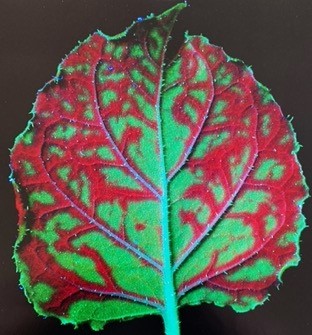An alternative perspective on plant small RNA movement
In a recent perspective in "Nature Reviews Molecular Cell Biology", Olivier Voinnet revisits key properties of silencing small RNA movement in plants, arguing that a hitherto underestimated intra-cellular, as opposed to a commonly envisioned inter-cellular, level of control is also crucially involved.

An outstanding property of plant silencing sRNAs is that they can move between cells and over long distances to convey e.g. systemic antiviral RNAi or regulate endogenous gene expression remotely. While sRNAs undoubtedly move through the cytosolic continuum (symplasm) shared by most plant cells via plasmodesmata (PDs), the molecular underpinnings of their movement and its regulation still remain poorly understood. Modulation of PD aperture and/or recruitment of PD-associated sRNA chaperones have been intuitively and commonly put forward as means of control.
Yet, these hypothetical scenarios have received scant experimental support and nor do they readily explain the four perceivable properties of plant sRNA movement i.e. (i) selectivity, (ii) contextuality, (iii) directionality and (iv) range-flexibility. Perhaps even more disconcertingly, forward genetics of sRNA movement has so far exclusively identified intra-cellular factors required cell-autonomously for sRNA biogenesis or activity within silencing-incipient, traversed or recipient cells. Using several concrete examples based on recently developed tools enabling studies of sRNA movement at an unprecedented cellular resolution, Voinnet discusses how gains made in our current understanding of intra-cellular silencing and its regulation suffice, in principle, to explain sRNA movement properties (i-iv). When considered together, the mechanisms discussed also theoretically enable a near-infinite spectrum of mobile-silencing activity patterns in space, the functional readouts of sRNA movement.
Link to the paper in external page Nature Reviews Molecular Cell Biology